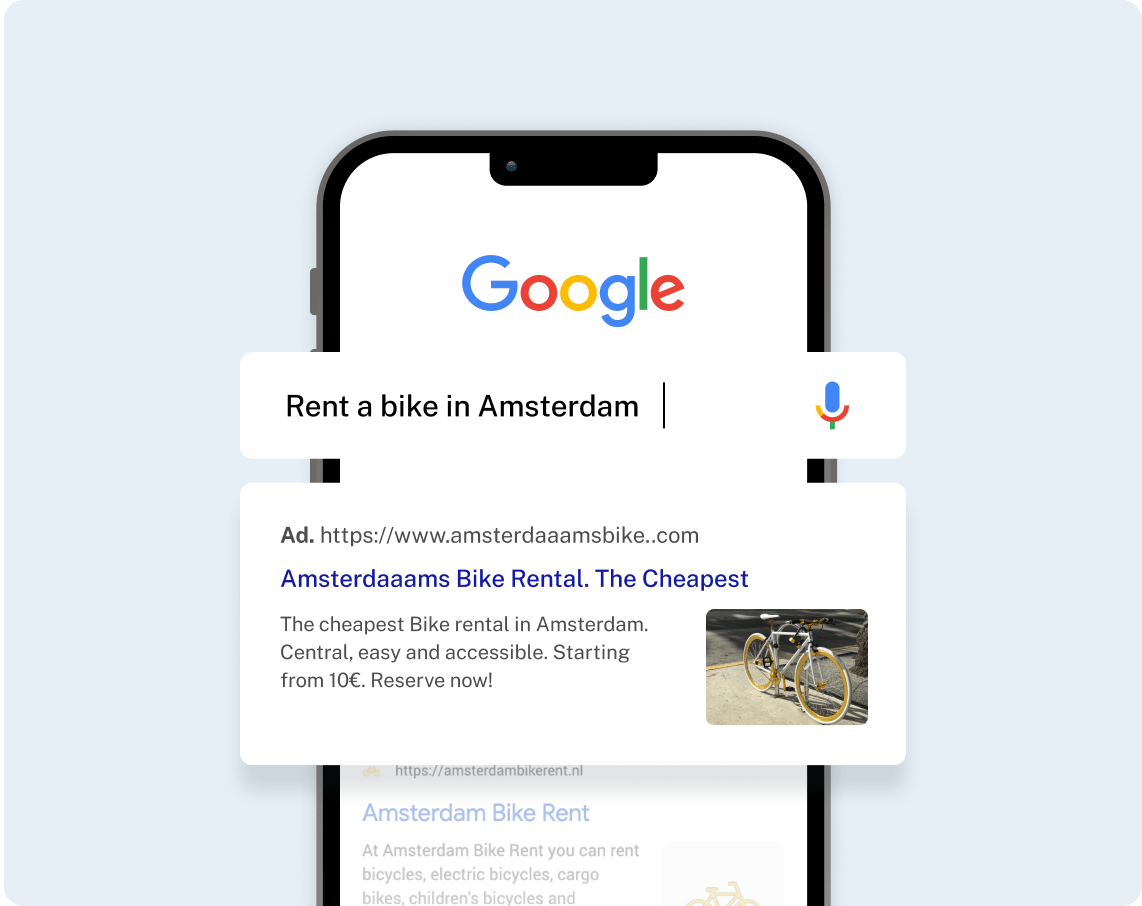Follow Us
10 Street Name, City Name
Country, Zip Code
555-555-5555
myemail@mailservice.com
Captivating Web Design

Engaging Your Audience from the First Click

In today's digital age, an engaging and well-designed website is no longer a luxury but a necessity for businesses and individuals alike. A captivating web design not only creates a positive first impression but also plays a crucial role in capturing and retaining your audience's attention. In this article, we will explore the key elements of website design that can help you create an immersive and captivating online experience, ultimately engaging your audience from the first click.
-User Friendly Design
When designing a website, it's essential to keep your target audience in mind. A user friendly approach ensures that your design caters to their needs, preferences, and expectations. Here's how you can achieve this:
a) Clear and Intuitive Navigation: Make it easy for users to find the information they are looking for. Use logical and intuitive navigation menus and ensure that important pages are easily accessible with just a few clicks.
b) Responsive Design: With the increasing use of mobile devices, your website must adapt seamlessly to different screen sizes. Responsive design ensures that your website looks and functions well on all devices, providing an optimal user experience.
c) Consistency and Familiarity: Maintain consistency in design elements such as colors, typography, and layout throughout your website. Familiarity breeds comfort and trust, allowing users to navigate your website with ease.
-Visual Appeal
A visually appealing website has the power to capture attention and leave a lasting impression. Here are some tips to enhance the visual appeal of your website:
a) Use High-Quality Imagery: Incorporate high-resolution images that are relevant to your content. Visuals should be engaging, eye-catching, and aligned with your brand's identity.
b) Thoughtful Color Scheme: Choose a color palette that aligns with your brand and evokes the desired emotions. Colors can impact user perception and engagement, so choose them wisely.
c) Typography: Select fonts that are legible and visually pleasing. Experiment with font sizes, styles, and spacing to create a hierarchy that guides users through your content.
-Compelling Content
Engaging your audience goes beyond aesthetics; it also requires compelling and valuable content. Here's how you can achieve this:
a) Clear and Concise Messaging: Communicate your brand's message and value proposition clearly and succinctly. Avoid jargon and use language that resonates with your target audience.
b) Captivating Headlines: Craft attention-grabbing headlines that pique curiosity and compel users to read further. Use subheadings, bullet points, and visuals to break up content and make it pop out more.
c) Multimedia Integration: Enhance your content with multimedia elements such as videos, infographics, or interactive features. These elements can make your content more engaging and memorable.
-Interactive and Personalized Elements
To truly engage your audience, consider incorporating interactive and personalized elements into your website:
a) Social Media Integration: Integrate social media buttons and sharing options to encourage users to share your content. This can extend your reach and foster community engagement.
b) Feedback and User-generated Content: Provide opportunities for users to leave comments, reviews, or testimonials. User-generated content adds credibility and encourages engagement.
c) Interactive Features: Incorporate interactive elements such as quizzes, surveys, or interactive maps to make the user experience more engaging and immersive.
A captivating website design is the gateway to engaging your audience from the moment they land on your site. By adopting a user friendly approach, focusing on visual appeal, delivering compelling content, and incorporating interactive and personalized elements, you can create an immersive online experience that captures and retains your audience's attention. Remember, an engaging website is a powerful tool for building relationships, fostering trust, and ultimately achieving your goals.







